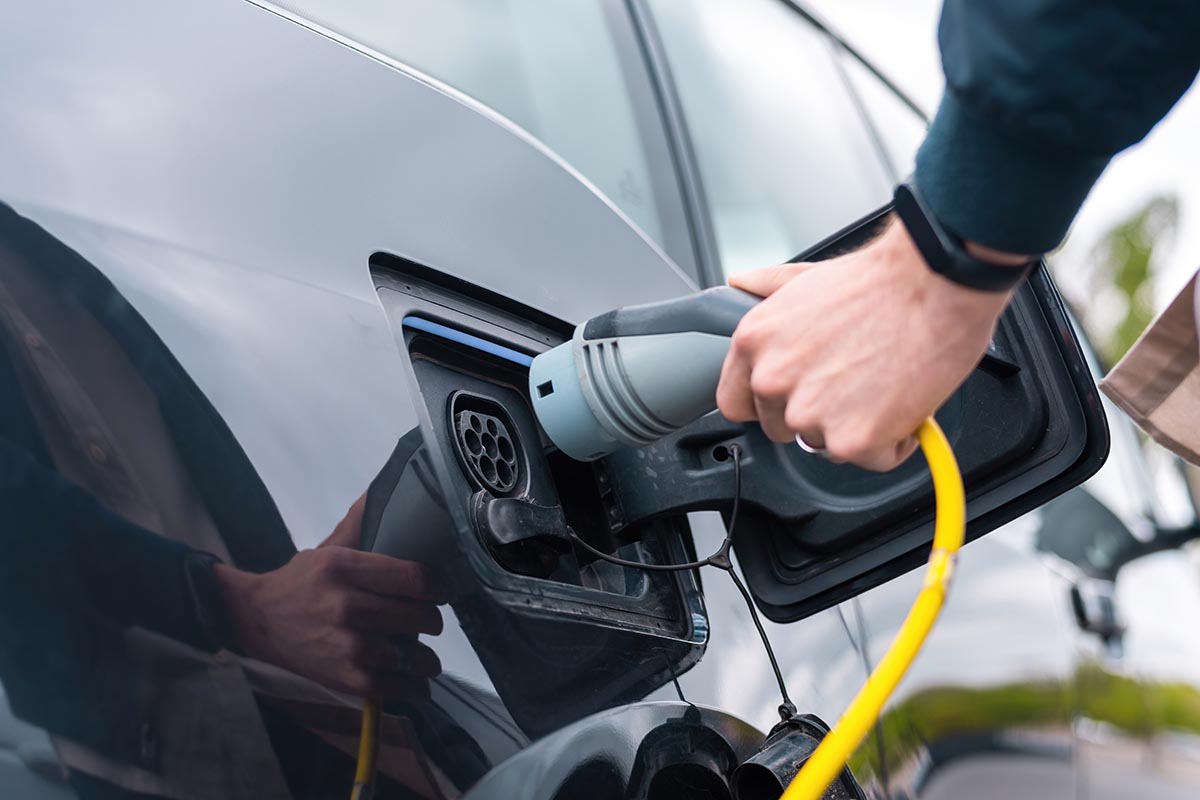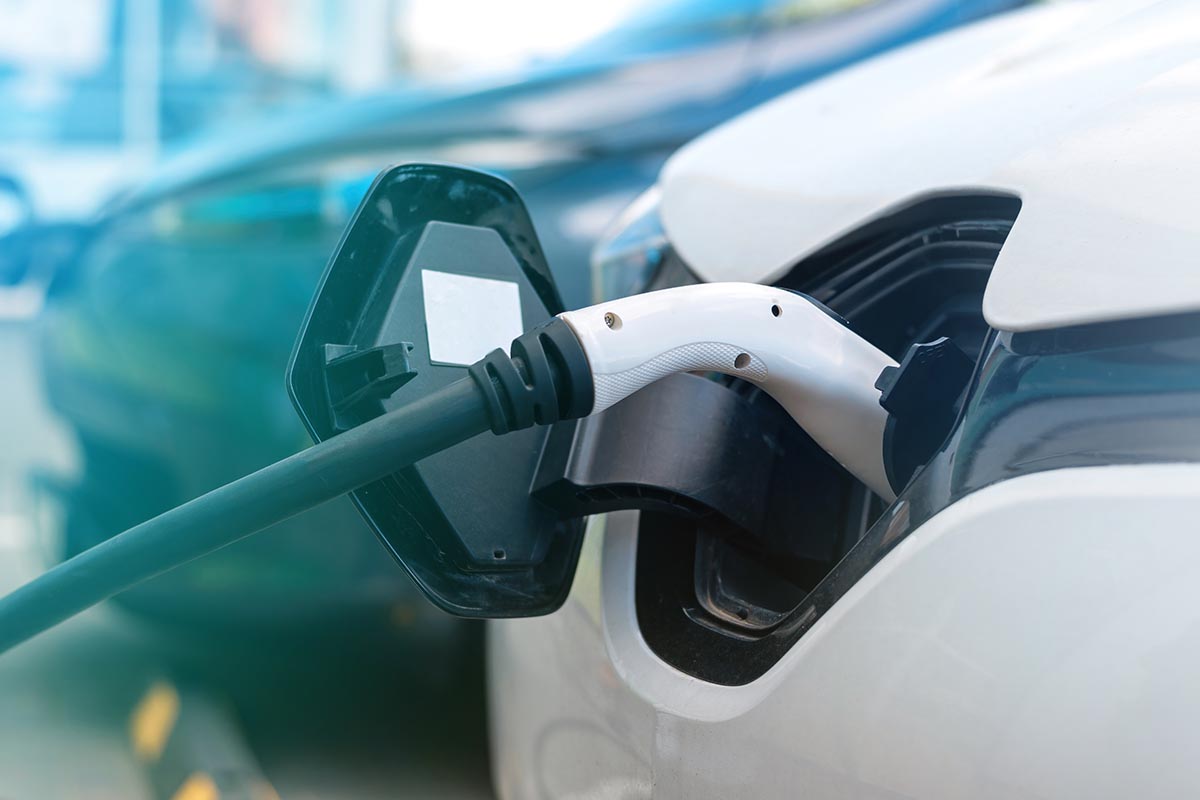What Are the Types of EV Chargers?
Electric vehicles (EVs) are becoming more popular as commuters look for sustainable and economically friendly ways to get around. However, there is still not enough knowledge about EV chargers, including their various levels and types. If you are a first-time EV owner, this is the information you need to know to ensure you choose the correct charger and keep your battery powered from your driveway to your destination and back again.
Charging types vs. charging levels
- Charging types
The charging type is the physical plug adapter you use to charge the vehicle. There are various types depending on the model and location.
- Charging levels
Charging levels are grouped into bands (1 to 3) and denote the amount of power you can charge your EV. Different levels are suitable for different needs.
- Charging levels
Level 1 – Portable EVSE
Level 1 charging is ideal for small batteries and hybrid vehicles, particularly if you are not in a rush to charge your vehicle. You can also use it if you don’t have a charging station installed yet. The portable size makes these chargers suitable for drivers who travel less than 4000 km per year.
Level 2 – Wall Chargers
Wall chargers connect the car to the power lime directly, which provides a consistent and reliable charge over a period, providing various charging speeds and the potential for a range of 70 km/ per hour of charge. These charging levels are best for the home, as you can plug your vehicle in when you get home and leave it to charge overnight to ensure you have enough to get to your destination in one charger the next day.
Level 3 – DC Fast Chargers
Fast chargers provide exceptional amounts of power and therefore require more complicated systems. Arguably, they are too powerful for the average household, but they are still useful to install at petrol stations and along motorways, especially if the driver is traveling to remote areas.
Charging types
Standard
Standard EV chargers are available in two types. Type 1 (also known as J1772, SAE J1772), can be found in Australian Mitsubishi cars or EVs built prior to 2018. The five-pin design helps deliver the current and prevent the vehicle from moving during charging.
Type 2 (aka IEC 62196, Mennekes) is the current plug standard in Australia and uses seven pins that allow for three-phase charging. Besides Australia, this is also the standard plug in Europe.
Rapid
Sometimes, you need rapid charging to ensure you reach your long-distance destination. The two charging types are CHAdeMO and CCS Combo. You can use these chargers in various locations, meaning you don’t need to wait around for too long before embarking.
Other
While most EVs come with standard plugs (even if there are some variations), you should be able to charge your EV in any supported station. However, this is not the case with Teslas, which use unique charging types, and you can only power them from specific Tesla Supercharger locations.
Conclusion
Understanding the different types of EV chargers ensures you pick the right one for your home and know which one is best to use when you are traveling. If you want to enjoy hassle-free quality, you can call a qualified electrician to safely install your EV charging station and have the confidence that your vehicle is always ready to go.




















